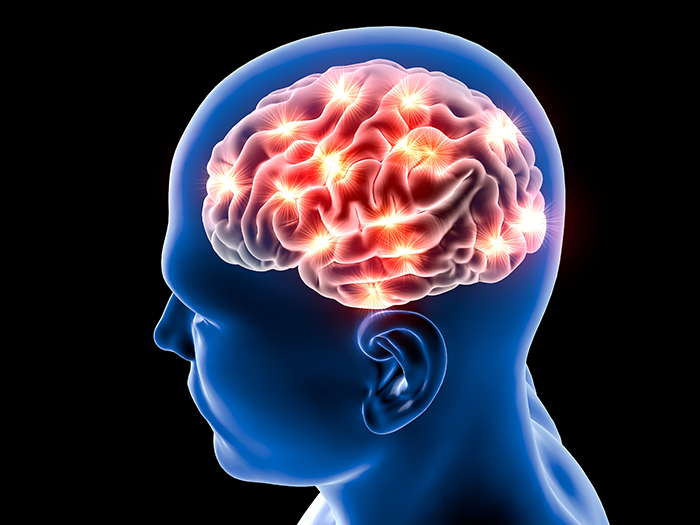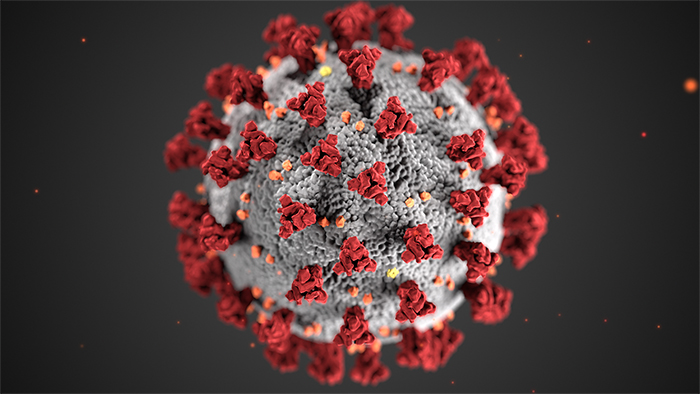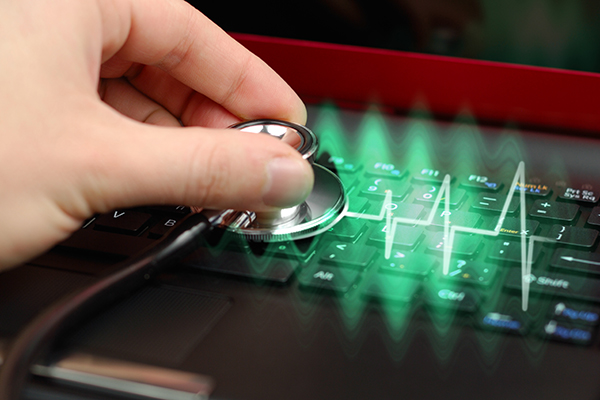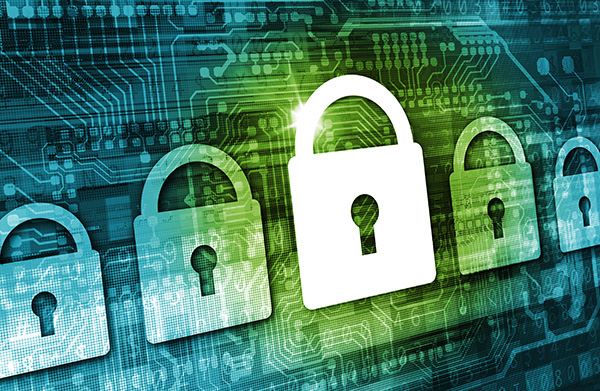

The increasing incidence of hearing loss and neurological diseases has prompted the development of convenient and enhanced solutions in wearable healthcare devices.

The increasing incidence of hearing loss and neurological diseases has prompted the development of convenient and enhanced solutions in wearable healthcare devices.

Diagnostic advances bode well for the imminent expansion of the global COVID-19 detection kits market, which is expected to be worth $8 billion by 2027.

Greater use of next generation sequencing can better prepare the world for future diseases and accelerate the adoption of precision care.

As organizations continue to use technology to enhance the way they provide care, changes must be made to ensure the interoperability of the technology, patient data and continuity between providers.

Edge computing brings processing and storage closer to data’s source rather than sending it to a distant data center in the cloud. Edge computing also complements advanced technologies such as artificial intelligence (AI). Here’s a look at why it facilitates the medical imaging progress.

Healthcare services are expanding their ability to leverage data for use cases such as diagnostics, personalized treatment, imaging analysis, patient trend analysis, outcomes predictions, automation and more.

To change the landscape of cyber threats in healthcare, companies must prioritize designing security into devices.

Telemedicine and remote monitoring became one of the defining medtech trends of the last year, and they show no signs of slowing.

COVID-19 ushered in a fundamental change in how medicine is being delivered.

Adding wireless connectivity to medical devices brings convenience to patients, and can facilitate more effective healthcare delivery and lower healthcare costs. Its success depends on the ability of manufacturers to produce reliable, connected products that do not fail prematurely in the field.